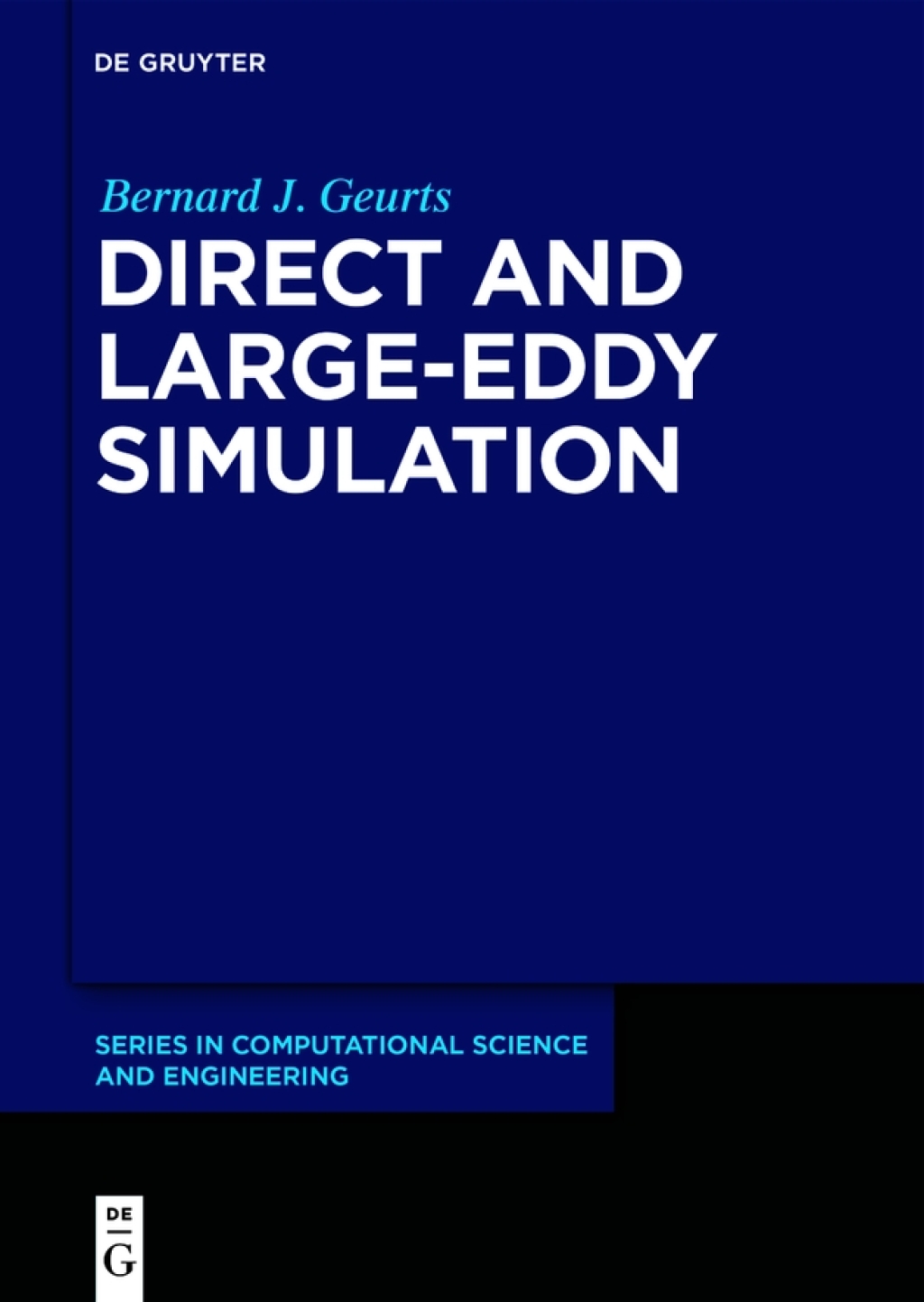Description
Complexity increases with increasing system size in everything from organisms to organizations. The nonlinear dependence of a system’s functionality on its size, by means of an allometry relation, is argued to be a consequence of their joint dependency on complexity (information). In turn, complexity is proven to be the source of allometry and to provide a new kind of force entailed by a system‘s information gradient. Based on first principles, the scaling behavior of the probability density function is determined by the exact solution to a set of fractional differential equations. The resulting lowest order moments in system size and functionality gives rise to the empirical allometry relations. Taking examples from various topics in nature, the book is of interest to researchers in applied mathematics, as well as, investigators in the natural, social, physical and life sciences. Contents Complexity Empirical allometry Statistics, scaling and simulation Allometry theories Strange kinetics Fractional probability calculus



















